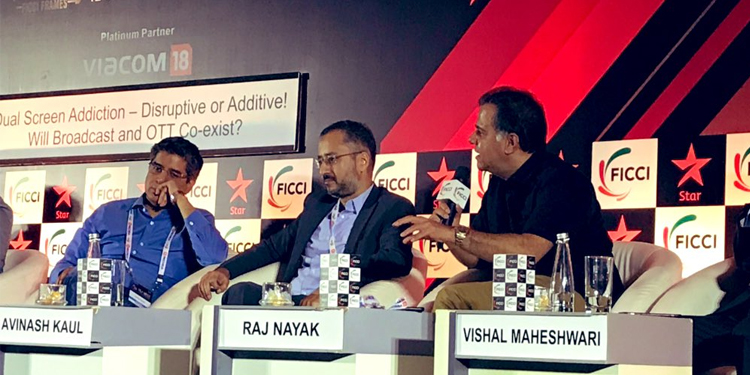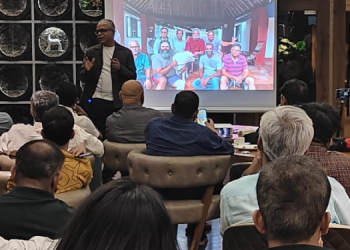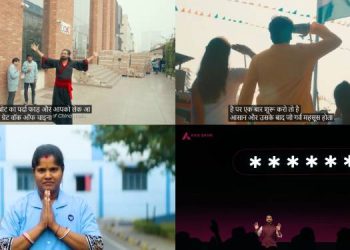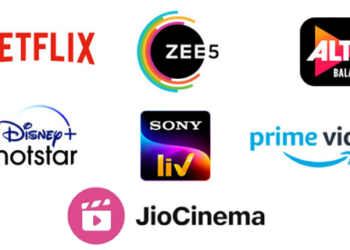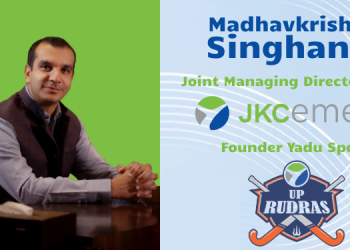By: Yohan P Chawla
Brilliantly moderated by Sunil Lulla, Group Chief Executive Officer, Balaji Telefilm, this session on Day Two of FICCI FRAMES 2019 saw several animated discussions about interesting topics – the first emanating from Lulla’s interesting suggestion that OTT as a name was archaic and should be buried and a new term should be now used to refer to it in the future… Streaming service… video service… or whathaveyou.
Dual Screen Addiction – Disruptive or Addictive! Will broadcast and VOD Co-exist? has been a topic which has been debated at multiple forums. The panellists debated this and emphasized on one major word, ‘convenience’.
On Television and OTT’s co-existence, Gaurav Banerjee, President and Head – Hindi GEC, Star India, said, “Honestly, it depends on the business one truly is in. We at Star find ourselves to be in the business of curating stories, and finding writers and fuelling their dreams. I think it should be left to consumers and families to decide what stories they want to watch. Whether together on television or on on-demand platforms. Some stories are best told over two thousand episodes, and there are some stories which are best told in fifteen or twenty minutes. So the world of stories is awesome, there is a wide variety of stories that are waiting to be told, and more importantly, consumers should figure out what is convenient for them and what they want to watch, and where.”
Tarun Katial, Chief Executive Officer, ZEE5, said, ”We are in the business of monetizing content in some form or the other and it’s good to tell stories but eventually we have to make money. Digital streaming is not going to end from where it started. This is just the beginning; the formats, the devices, the browsers, the entire eco-system is going to develop humongously.”
“What digital and OTT platforms bring to the table is very different from what linear TV ever did, which is the high degree of segmentation and personalization — and the ability of a consumer to discover content and watch it at his or her own convenience. I don’t think that is going anywhere, and will continue to build. While we all want linear TV to stay and grow, the convenience aspect which digital platforms bring is huge and that will continue to build.”
Raj Nayak, Former CEO, COLORS, said, “I am a big believer that television is here to stay. For a lot of families, entertainment is a big thing. A house in a small town starts watching TV sharp at 6 PM. It’s a habit for the whole family which sits together and watches TV. What is also happening simultaneously is that you have digital streaming happening, people watching digital content on personal devices. A lot of people now watch all the OTT platforms on the big screen. So I think the device is just going to be a place from where people are going to watch. It could be linear television content being watched from a handheld phone, or a digitally streamed content being watched on a big screen. I believe they will both co-exist, at least for the next ten years, especially in India. I think television is here to stay.”
Avinash Kaul, COO-Network 18 & Managing Director, A+E Networks TV18, said, “If you were to look at the entire Indian eco-system, there are roughly around 20 crore homes which do not have television today, which will continue to be the main area of growth for liner television for a long time. This fragmentation is coming from parts of north India and eastern India, so there is a long way to go. So will it Co-exist? Yes it will. What remains to be seen is, how will television and OTT compete with each other, and how will it bring out the best practices.”
On their plans of penetration in India, Abhishek Nag, Director, Partnerships – Netflix, said, “We look for storytellers anywhere in the world, we want them to craft these stories in a manner which are true to where they are. If they are able to do this, we provide them the platform and make their stories travel to the world. A lot of people don’t know this, but two out of three viewers of Sacred Games were people from outside India. Only one out of three viewers of Sacred Games was from India. The reason that happened was that the story was set in Mumbai and the city was represented really well in the story. So that is what we are wanting to do, find story tellers and make them tell stories in a manner that they are true to where they are.”
Raj Nayak summed it up well when he said, “You play content on TV or on OTT, it’s ultimately video content. Ultimately, it’s all about good content. The water of good content will reach every pipe – whether OTT or linear TV.”
However, as with most such panel discussions, there was no conclusion.

